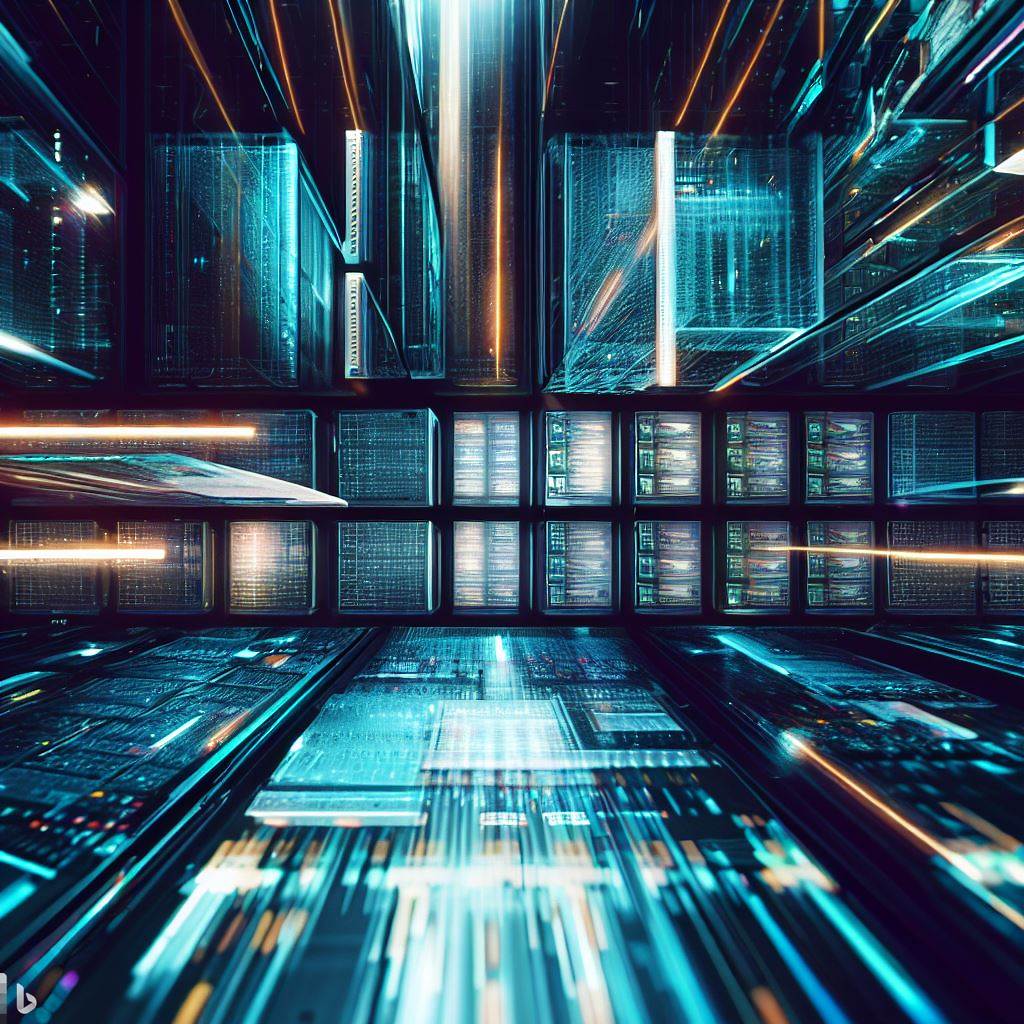
As the backbone of our increasingly digital world, servers are undergoing transformative changes to meet the demands of the future. Here’s a look at what the future may hold for server technology:
1. Edge Computing:
- With IoT devices proliferating, there’s a growing need for data processing at the source rather than in centralized data centers. This shift will see the rise of edge servers, which will process data closer to where it’s generated, reducing latency and bandwidth use.
2. Serverless Computing:
- Cloud providers will offer backend services on an as-used basis. Developers won’t concern themselves with server provisioning or maintenance, focusing solely on code execution.
3. Quantum Servers:
- Quantum computing promises exponential leaps in computational capabilities. Quantum servers might revolutionize tasks like cryptography, complex system simulations, and AI computations.
4. AI-Optimized Servers:
- As AI and ML tasks become mainstream, servers optimized for these workloads, boasting specialized hardware accelerators like GPUs and TPUs, will become more prevalent.
5. Autonomous Operation:
- Advanced AI-driven automation will enable servers to self-diagnose and repair, predict failures, and optimize performance autonomously.
6. Green Servers:
- Eco-friendly, energy-efficient servers will become standard, minimizing carbon footprints. New cooling methods, including liquid cooling, will improve efficiency and reduce costs.
7. Hyperconverged Infrastructure (HCI):
- Combining compute, storage, and networking in a single system, HCI offers scalability and simplicity. More businesses will adopt HCI for its streamlined management and reduced hardware footprint.
8. Photonics in Servers:
- Using light instead of electricity for data transmission within servers could drastically increase speed and reduce heat generation.
9. Security Enhancements:
- Given the escalating cyber threats, future servers will have advanced built-in security features, including hardware-level encryption and secure boot processes.
10. DNA Data Storage:
- Although in early stages, encoding data into DNA sequences could offer a revolutionary way to store vast amounts of data in very small physical spaces, changing the server-storage relationship.
11. Modular and Scalable Designs:
- Servers will be designed for easy scalability, allowing businesses to add resources incrementally as needed, without overhauling existing infrastructure.
12. Resilient Systems:
- Future servers will be designed for greater resilience to physical threats, such as electromagnetic pulses (EMPs), ensuring data integrity in various scenarios.
Conclusion:
The future of servers is intertwined with broader technological trends and the evolving needs of businesses and societies. As challenges like data volume growth, real-time processing demands, and energy consumption rise, the server landscape will innovate to meet these demands, pushing the boundaries of what’s possible in data processing and storage.
